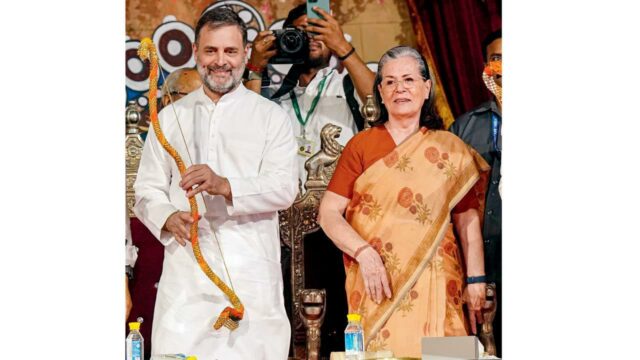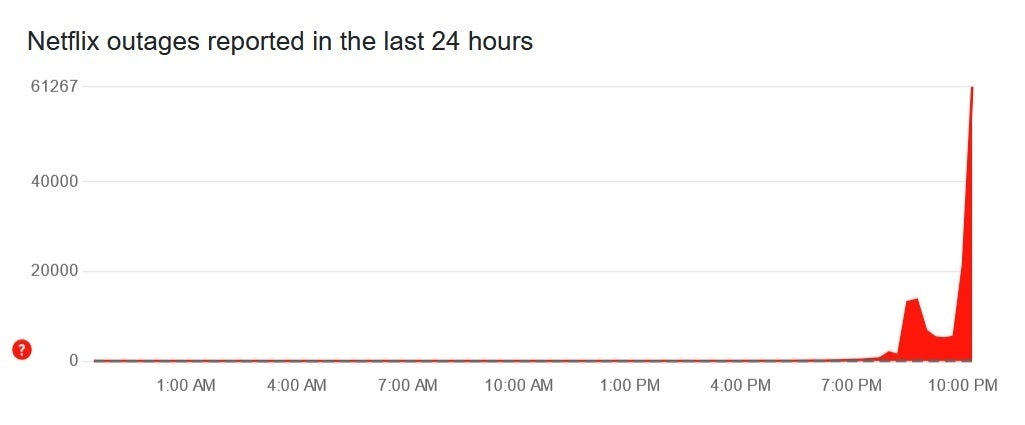
It is difficult to imagine the Election Commission of India supporting Congress' claim that electronic ballot boxes were tampered with in the Haryana Assembly elections. In such a scenario, the larger, newer party would have three options: First, go through the dilatory process of asking the judiciary to fix your complaints. Second, mobilize the public to change the electronic voting system to dispel suspicions that it can be manipulated. Third, please apologize for undermining the nation's faith in EVM.
Congress's failure to exercise any of the three options, especially the last two, means that its participation in the upcoming elections will be legitimate, and the voting system will not be credible. It would, at worst, be an example of immoral politics, and at best, it would epitomize the party's inability to fight for the issues it stands for.
considered worthy.
But first, or Alegacão do Congress. He claimed that some of the EVMs used in the Haryana infection had 99 percent batteries charged. Clearly, these results indicate a very high voter turnout for the BJP. These EVMs with batteries charged to 70 percent or less give votes to Congress.
This is not the first controversy surrounding EVM batteries. In December 2023, after the Congress was defeated in Madhya Pradesh in the local assembly elections, its leader Kamal Nath claimed that nearly 100 electronic testing devices had been found to contain 99 percent of the virus at the moment of infection. “How can the machines be charged to 99 percent if they are used to vote for 10 hours?” Nath asked incredulously, emphasizing that a majority of two votes out of 100 from the EVM went to the BJP.
Battery failure is not resolved in Madhya Pradesh. It is also a good thing that the battery mystery in Haryana has been solved, because the ECI shows, not in the past, a tendency to obstruct EVM-related tasks or offer explanations that few people find convincing. The judiciary's past also shows that it feeds into arguments made by ICE regarding EVM's immunity to tampering.
However, ironically, thousands of citizens will not take into consideration the fact that Congress has upped the ante regarding the electronic voting mechanism, as it is a questionable matter that also has a deep nexus in India. Isn't he credited? Consider the Lokniti-CSDS (Centro para o Estudo das Societies em Desenvolvimento) investigation conducted ahead of the 2024 Lok Sabha elections. It concluded that 17% of people thought the “probability” of the party being unable to manipulate the electronic voting mechanism was “very high “, and another 28% believe he is able to do this “somehow.” As a result, every second elite does not trust EVM.
In my March 4 article, “Is there an EVM genius?”, I wrote about the belief in Maharashtra, Bihar, Uttarakhand and Delhi that EVM fraud is possible. Journalist Supriya Sharma traveled to western Uttar Pradesh state ahead of this year's national elections and recounted the staggering amount of skepticism among voters about the electronic voting mechanism.
There are also two dice: In the 2019 Lok Sabha elections, 373 constituencies indicated a mismatch between votes cast and votes counted. In its analysis of the 2024 Lok Sabha elections, the Association for Democratic Reforms showed that in 363 parliamentary constituencies, the votes counted amounted to two votes received against 5.54 lakh votes. In the other 176 electoral districts, 35,093 votes were counted, more than the number of votes cast. ICE has not satisfactorily explained these data discrepancies.
But these details will not convince the Supreme Court to order ECI to attack the suspicions related to EVM. In fact, in April, the Supreme Court filed appeals demanding that the voting slip be returned for voting, that Voter Paper Audit Receipts (VVPAT) be printed for voters to check and place in ballot boxes for infection, and that they be 100 percent authentic. of VVPAT receipts with EVM infection. The Supreme Court is convinced that the electronic voting system is technically protected against manipulation.
The Supreme Court frankly ignores a fundamental question: Why do citizens have reservations regarding the electronic voting mechanism? The answer is in opacity. Citizens wonder whether votes cast through an electronic voting machine are recorded as explicit and counted as recorded. What happens inside the electronic voting machine is invisible to them, unlike voting by ballot, which voters place in a ballot box. There was no possibility of exchanging ID cards from one party to another inside the jar, but they could be stolen or impaled. But the process was clear, was frequently circulated on social media, and led to a ranking of new votes. With the ubiquity of smartphones and security cameras today, it would be best if the practices you choose go unnoticed.
It is wrong to argue endlessly about whether it is possible to manipulate the electronic voting mechanism, because it is democratic to abandon a voting system where people's confidence is low. Or at the very least, change it to ensure that people's votes are not stolen – by counting all VVPAT receipts in each constituency, for example. In fact, the Congress's legitimacy will be eroded, if it now fights the battle over the electronic voting machine that has declared electoral rule in Haryana.
The writer is a senior journalist and author of Bhima Koregaon: Challenging Caste
Send your comments to [email protected]
The opinions expressed in this collection are the sole responsibility of the individual and do not represent the workforce.
fountain



